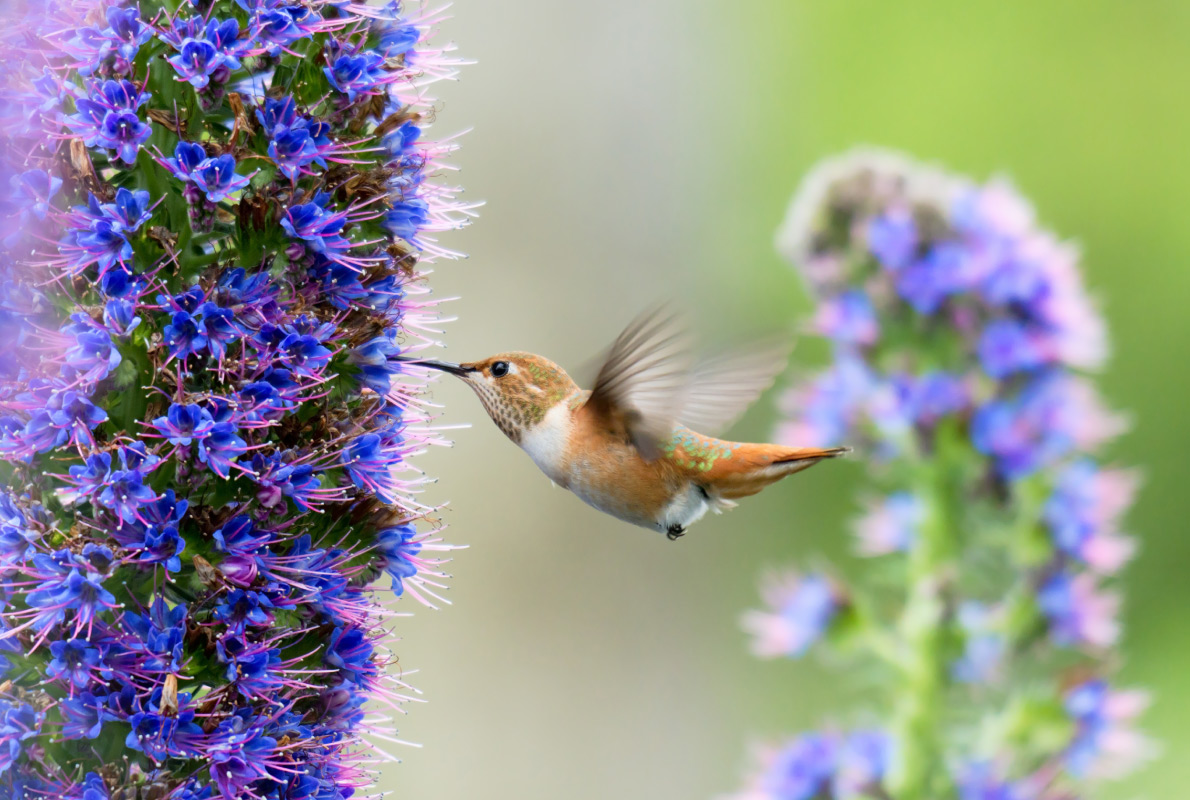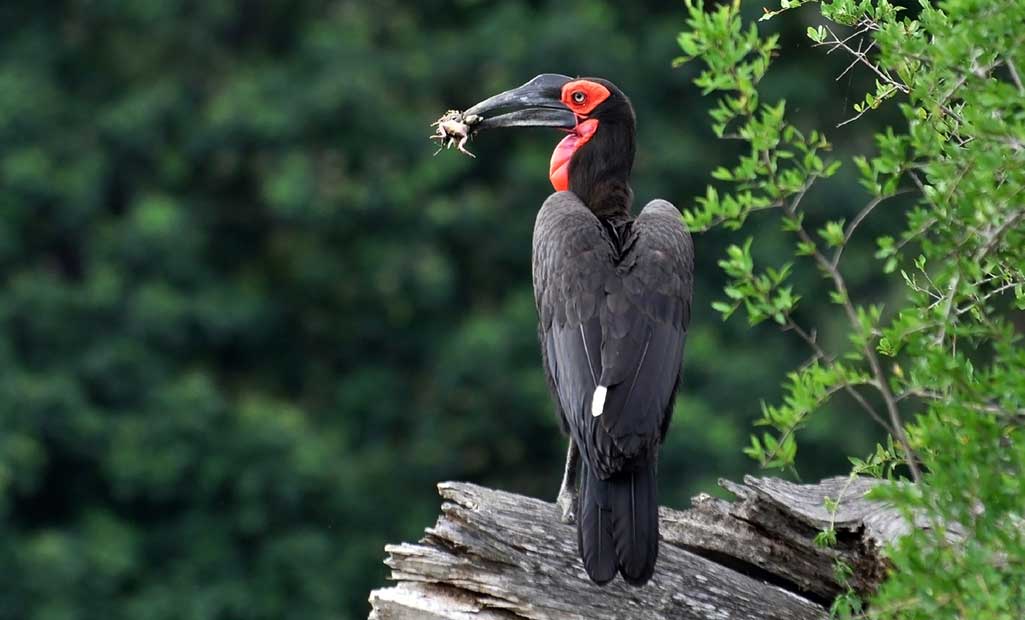Defining bird watchers
Bird watchers, also known as birders, are individuals who have a passion for observing and studying birds in their natural habitats. These individuals can be amateurs or professionals and come from all walks of life. They often travel to different areas around the world to see rare species of birds and document their sightings.
Bird watchers use various tools such as binoculars, spotting scopes, field guides, and cameras to aid in their observations. They may also record data on bird behavior, migration patterns, and habitat preservation efforts. Some bird watchers actively engage in citizen science projects to contribute data to scientific research.
The community of bird watchers is vast and includes clubs, organizations, and online forums where like-minded individuals can share stories, photos, and tips for successful bird watching. Many people find solace in the serene act of watching birds while others enjoy the excitement of seeking out new species. Regardless of their motivation or level of expertise, bird watchers play an important role in promoting conservation efforts for these fascinating creatures.
History of bird watching: From ancient times to present day
Bird watching is one of the most popular hobbies in the world, enjoyed by millions of people. The history of bird watching dates back to ancient times when birds were observed for their religious or mythological significance. In ancient Egypt, birds such as the ibis and falcon were worshipped as gods, while in Greek mythology, birds like the eagle and owl played important roles.
In medieval Europe, hunting became a popular pastime among nobility and bird watching evolved from observing game birds to studying all types of avian species. During the 18th and 19th centuries, scientific exploration led to a surge in bird watching as naturalists began documenting new species.
Today, bird watching has become a global phenomenon with organized clubs and societies dedicated to its practice. Advances in technology have made it easier than ever to observe and track birds with binoculars, cameras, and eBird apps that allow enthusiasts to report sightings online. Despite these modern advancements, however, the thrill of spotting a rare or exotic bird remains just as exciting as it was centuries ago.
Why do people watch birds? The fascination behind the hobby
Bird watching is a hobby that requires patience and dedication. People watch birds for various reasons, including scientific purposes, personal enjoyment, and relaxation. Bird watchers are people who observe birds in their natural habitat or bird sanctuaries. They use binoculars, cameras, and field guides to identify different species of birds.
For some people, bird watching is a way of escaping the hustle and bustle of everyday life. It allows them to connect with nature and appreciate the beauty that surrounds them. Others enjoy bird watching because it provides an opportunity to learn about different species of birds and their behavior patterns.
The fascination behind this hobby lies in the thrill of spotting a rare or elusive species that has not been seen before. It also provides an opportunity for socialization as many bird watchers join local clubs or groups to share their passion for birds with like-minded individuals. Overall, bird watching offers peace of mind, increased knowledge about nature, and an unforgettable experience connecting with wildlife in its natural habitat.
Types of bird watchers: Casual, serious, and everything in between
Bird watching is a popular pastime that has gained popularity over the years. From casual bird watchers to serious enthusiasts, there are different types of bird watchers. Casual bird watchers are those who enjoy watching birds in their natural habitat without any equipment or specialized knowledge about birds. These individuals may watch birds while on a hike or walking their dog in the park.
Serious bird watchers, on the other hand, have more advanced knowledge and equipment such as binoculars, spotting scopes, and field guides. They often participate in citizen science projects like Christmas Bird Counts and eBird to contribute to scientific research on birds.
In between these two categories lie a variety of other types of birdwatchers such as photographers who specialize in capturing images of birds, twitchers who travel long distances to spot rare species or migrants passing through an area, and backyard birders who put up feeders and create habitats for local birds to visit regularly. Whether you’re just starting out or have been an avid birder for years, there’s a type of birdwatching that will suit your interests and skill level.
Equipment needed for bird watching: Binoculars, field guides, and more
Bird watching, also known as birding, is a popular hobby for nature enthusiasts around the world. To fully enjoy the experience of bird watching, it is important to have the right equipment. The most essential piece of equipment for bird watchers is binoculars. Binoculars allow you to get a closer look at birds without disturbing them or getting too close to their habitats. It is recommended that you invest in a pair of binoculars with at least 8x magnification and an objective size of 32mm or larger.
In addition to binoculars, field guides are an important tool for identifying different species of birds. These guides provide detailed descriptions and images of birds along with information about their habitats and behaviors. Other useful equipment includes a notebook and pen for recording observations, a camera for capturing photos of birds, and comfortable clothing and footwear suitable for outdoor activities.
Overall, having the right equipment can greatly enhance your experience as a bird watcher by allowing you to better observe and identify different species while enjoying nature in its purest form.
Where to find fellow bird watchers: Clubs, events, and online communities
Bird watching is a fascinating activity that lets you observe the beauty of nature and its feathered residents. Finding fellow bird watchers can enhance your experience by allowing you to share knowledge, learn new skills, and discover new locations. There are several ways to connect with other bird watchers such as joining clubs or attending events.
Local bird watching clubs are a great way to meet people who share the same interest in birds. These groups organize regular outings to various locations, providing opportunities for interaction with fellow enthusiasts. Many clubs also offer workshops and lectures on topics related to birds and their habitats. Attending these meetings can help you develop your skills as a birder while also expanding your social circle.
Online communities have become increasingly popular among bird watchers in recent years. Platforms like eBird, iNaturalist, and BirdForum allow users from around the world to connect with one another virtually by sharing observations, photos, and tips on identifying different species of birds. Joining online communities not only offers an opportunity for connection but access to valuable resources including local hotspots for birdwatching and expert advice from seasoned professionals within the field.
Conclusion: The joy of observing and protecting birds
Bird watching is a popular hobby that allows individuals to observe and protect birds in their natural habitats. Bird watchers are individuals who take part in this activity, and they can range from casual enthusiasts to serious ornithologists. Regardless of their level of expertise, bird watchers share a common passion for birds and the environment.
One of the joys of bird watching is the opportunity it provides to witness the beauty and diversity of these creatures up close. Whether observing songbirds flitting from tree branch to tree branch or catching sight of majestic raptors soaring overhead, there is always something new and exciting to see. Additionally, bird watching offers many opportunities for learning about different species’ behaviors, breeding habits, migration patterns, and more.
Along with providing enjoyment for individuals who engage in it, bird watching also helps promote conservation efforts by raising awareness about threats facing birds’ habitats. By observing birds’ behaviors and noting changes in populations over time, bird watchers can contribute valuable data that scientists use to better understand how human activities impact birds’ lives. Ultimately, protecting these creatures requires collaboration between governments, organizations dedicated to conservation efforts such as local Audubon Societies or National Park Service programs focused on conserving wildlife habitats along with individual action taken by those passionate about preserving our planet’s delicate ecosystems.


